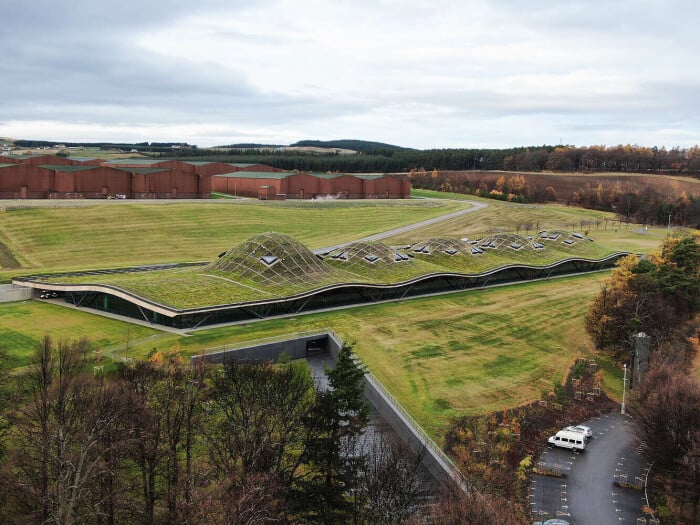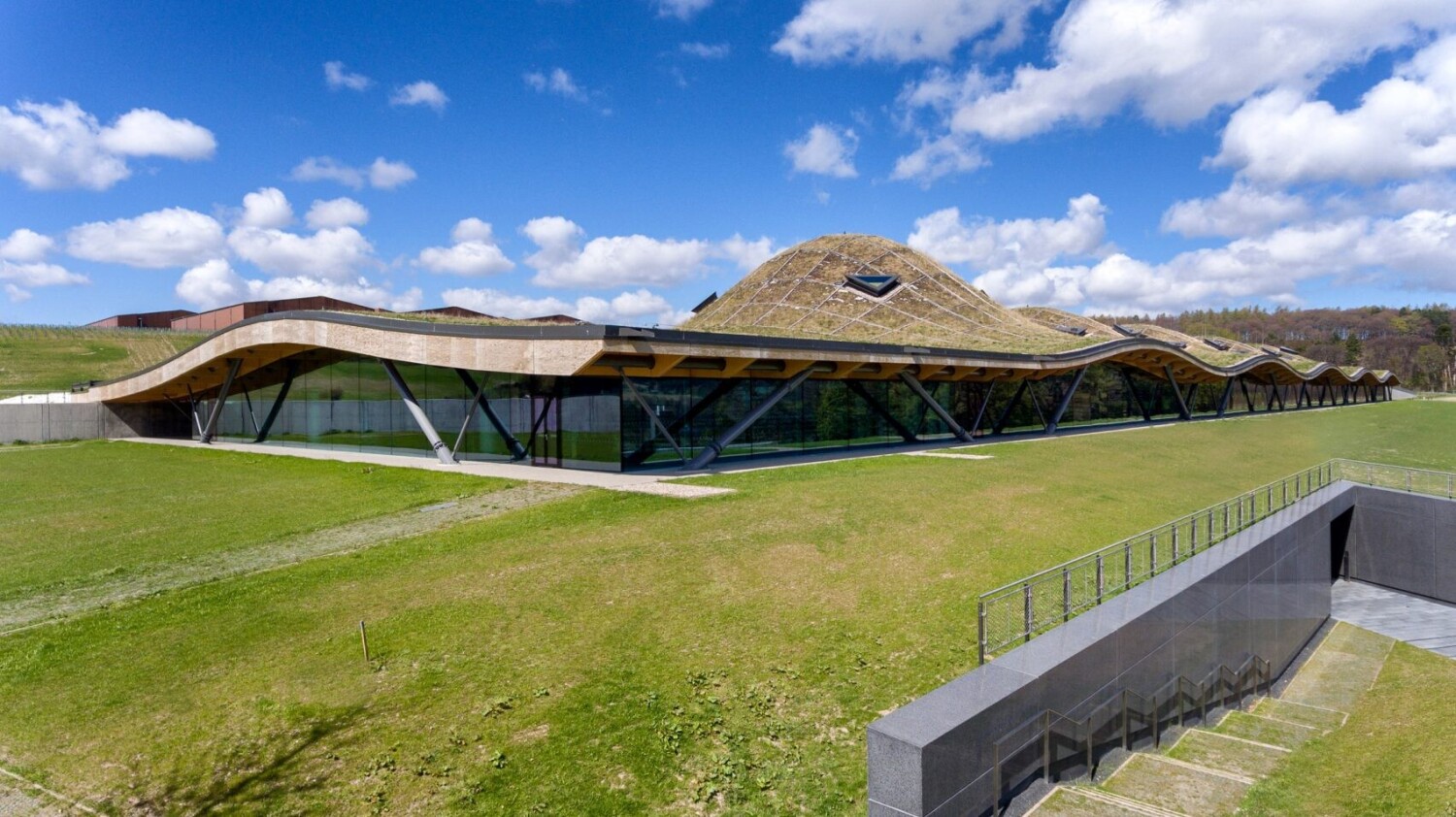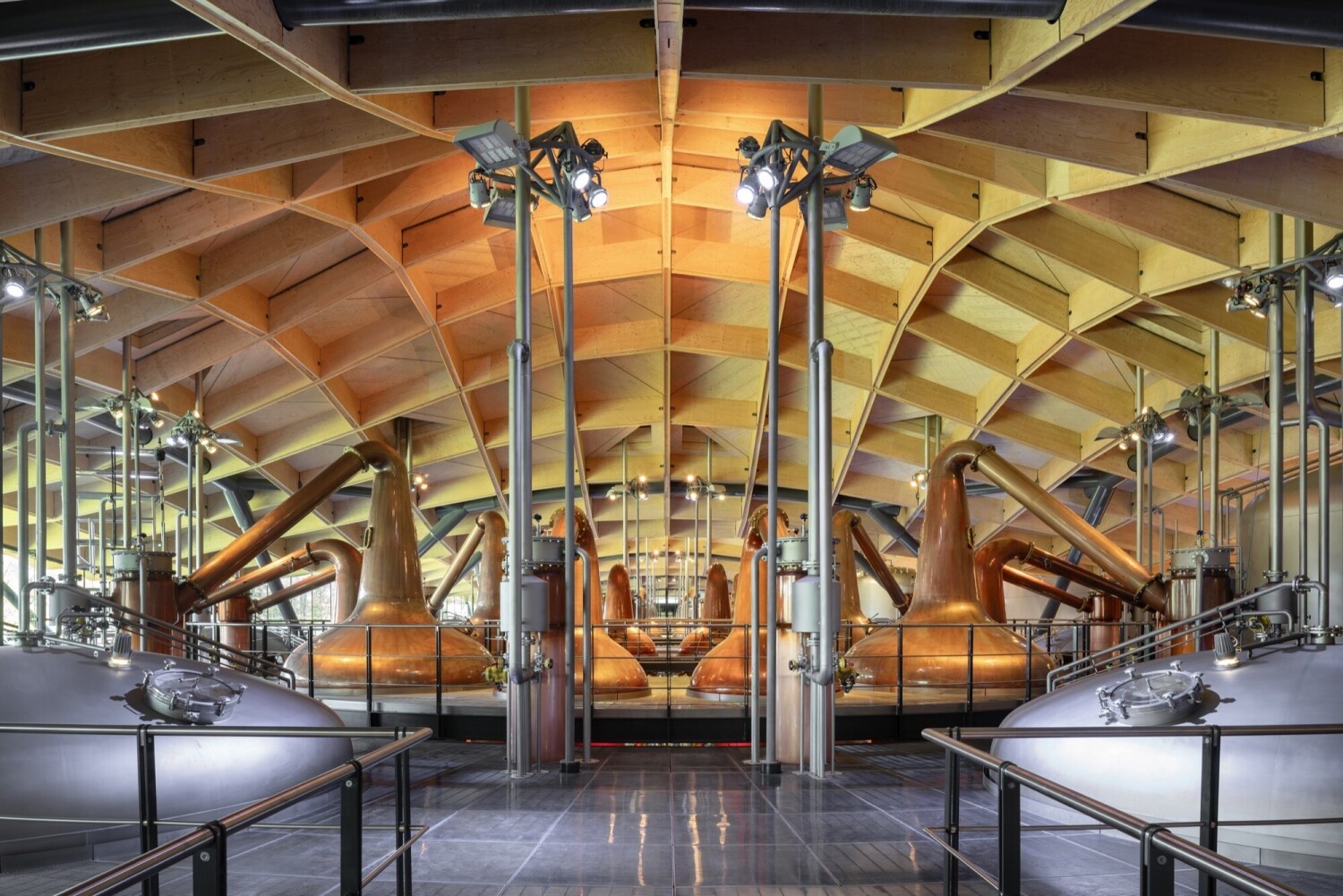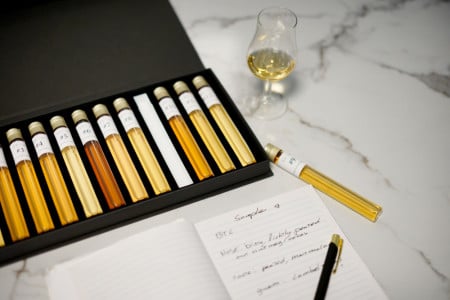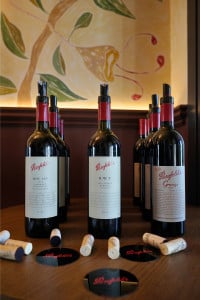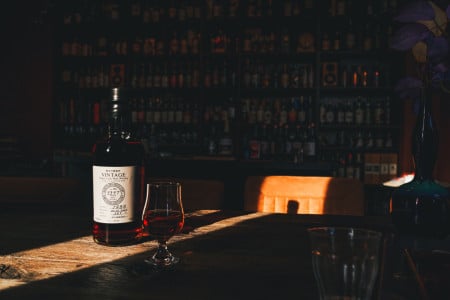Macallan's recent history...................
As written earlier, Easter Elchies House was bought from the Seafield estate in 1961 and subsequently restored. Five years later, in 1965, the number of stills was doubled from six to 12 in a separate distillery with its own brew kettle and six fermenting vats made of larch wood. Kemp family members began selling shares in 1966. Initially to staff and other distillery stakeholders such as suppliers. The annual dividend was paid out in whisky, giving it the nickname ‘The Malt of the People’.
In 1968, R. Kemp Macallan-Glenlivet Limited was listed on the London Stock Exchange, and so other people could also buy shares. In the same year, the malting plant closed and the number of boilers was increased to 18 in 1974, with three more added a year later. Another two years later, Macallan opened to the public by building a visitor centre there. Due to the global economic crisis, production at the distillery built in 1965 was halted in 1981 before returning to production in 1984. In 1986, the van Kemp family sold 25% of the shares to Japan's Suntory and, four years later, 26% to France's Remy Cointreau. After the latter share sale, the family still held only 20% of the shares.
In 1990, a whisky warehouse was commissioned that could store 80,000 barrels of whisky, and a year later the distillery that opened in 1965 was closed again. Four years after the warehouse was commissioned, a distribution agreement was signed with Highland Distillers. In January 1996, the latter company bought the 26% shares of Remy Cointreau. In July the same year, Highland Distillers and Suntory formed the company HS Distillers Ltd, which thus acquired 51% of the shares in Macallan. Suntory became a silent partner in this company, receiving exclusive distribution of Macallan whisky in Japan. As the largest shareholder, all other shareholders, with a total of 49% shares, were bought out and Highland Distillers in HS Distillers Ltd. Macallan's sole owner. This did not remain the case for long, as in 1999 Highland Distillers itself became the victim of a takeover. The 1887 Company bought the company that year. Actually, the Edrington Group wanted to take over Highland Distillers, but did not have enough money to do so. It was decided to team up with William Grants & Sons to form The 1887 Company. The name The 1887 Company was chosen because this was the founding year of William Grants & Sons and Highland Distillers. Shares in the new company were divided as follows: Edrington Group 70% and William Grants & Sons 30%.
A new visitor centre was built in 2001 and a year later the small stills used for the second distillation were heated with steam instead of coal. In 2009, the 1965 second distillery was renovated and brought back into production with an additional 3 stainless steel fermentation vats.


